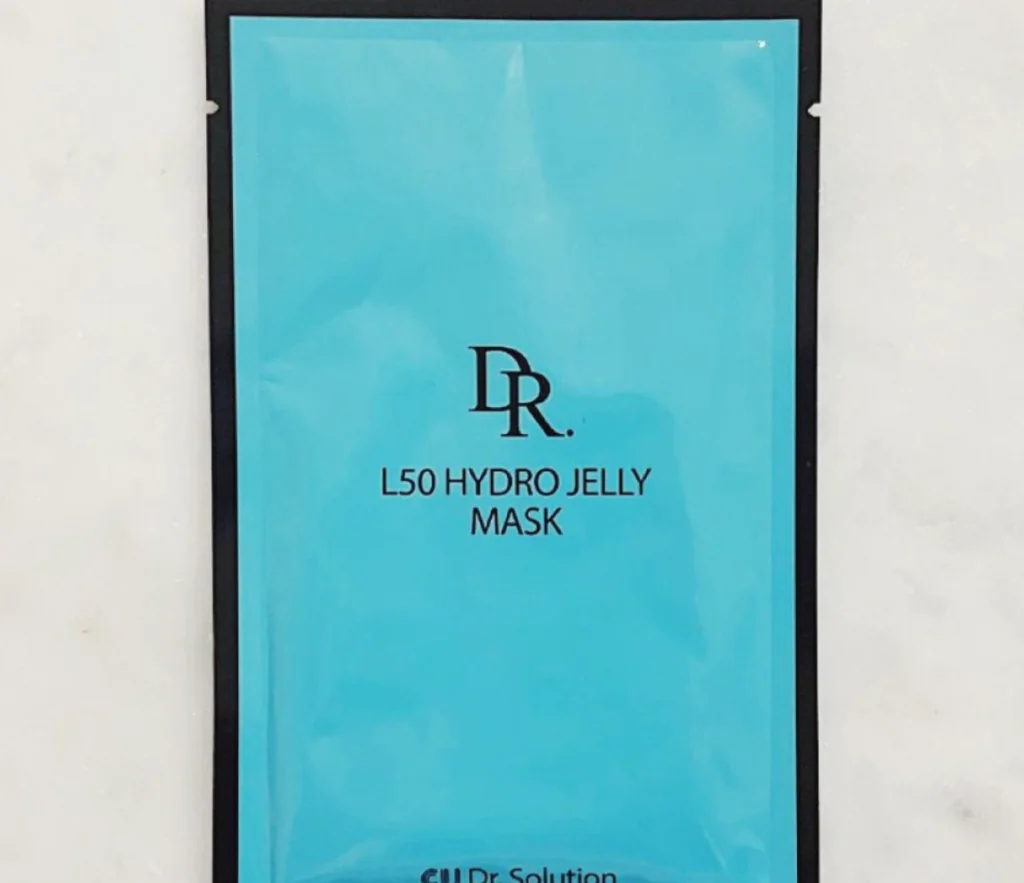A dermocosmetic treatment for oily skin involves the use of different products with a synergistic effect: the functional ingredients of a cosmetic product for oily skin must be carefully selected to alleviate the condition without being too aggressive to the skin. If, on the one hand, a cosmetic procedure for oily skin reduces unpleasant symptoms such as redness, papules, blackheads and oily skin, on the other hand, it must act at the root of the disease, even to eliminate the root cause. You can pick it up here.

The main objectives of cosmetic treatment for oily skin are:
- Improves the appearance of the skin, making it less oily and healthier.
- Gently cleanses oily skin.
- Cleansing the skin and normalizing/limiting the production of sebaceous glands.
- Exfoliates the skin, promoting cell renewal.
- Prevents the growth of bacteria that cause papules, pustules and pimples.
- Encouraging the closing of pores.
- Deep moisturize.
- Protects oily skin from atmospheric influences.
As is known, special attention must be paid to the use of delipidating and astringent agents, since excess cleansing can act as a stimulus for a further increase in sebum production.
In fact, it is well known that using detergents that are too aggressive and overly degreasing leads to a “paradoxical effect” where the sebaceous glands react to the damage caused to the skin by increasing sebum production.
For this reason, it is recommended to use gentle and easy-to-rinse products, such as light cleansing milks, gentle soaps, lotions with witch hazel, burdock, chamomile or aloe vera extracts. It is also recommended to prefer cosmetic products with a slightly acidic pH: a pH of 4.5 - 5.5 actually helps to control/reduce the increased secretion of sebum maintained by the sebaceous glands. Toner, which should be applied immediately after cleansing oily skin, should not contain alcohol: products containing alcohol can actually be overly irritating to oily skin, which is already sensitive.



